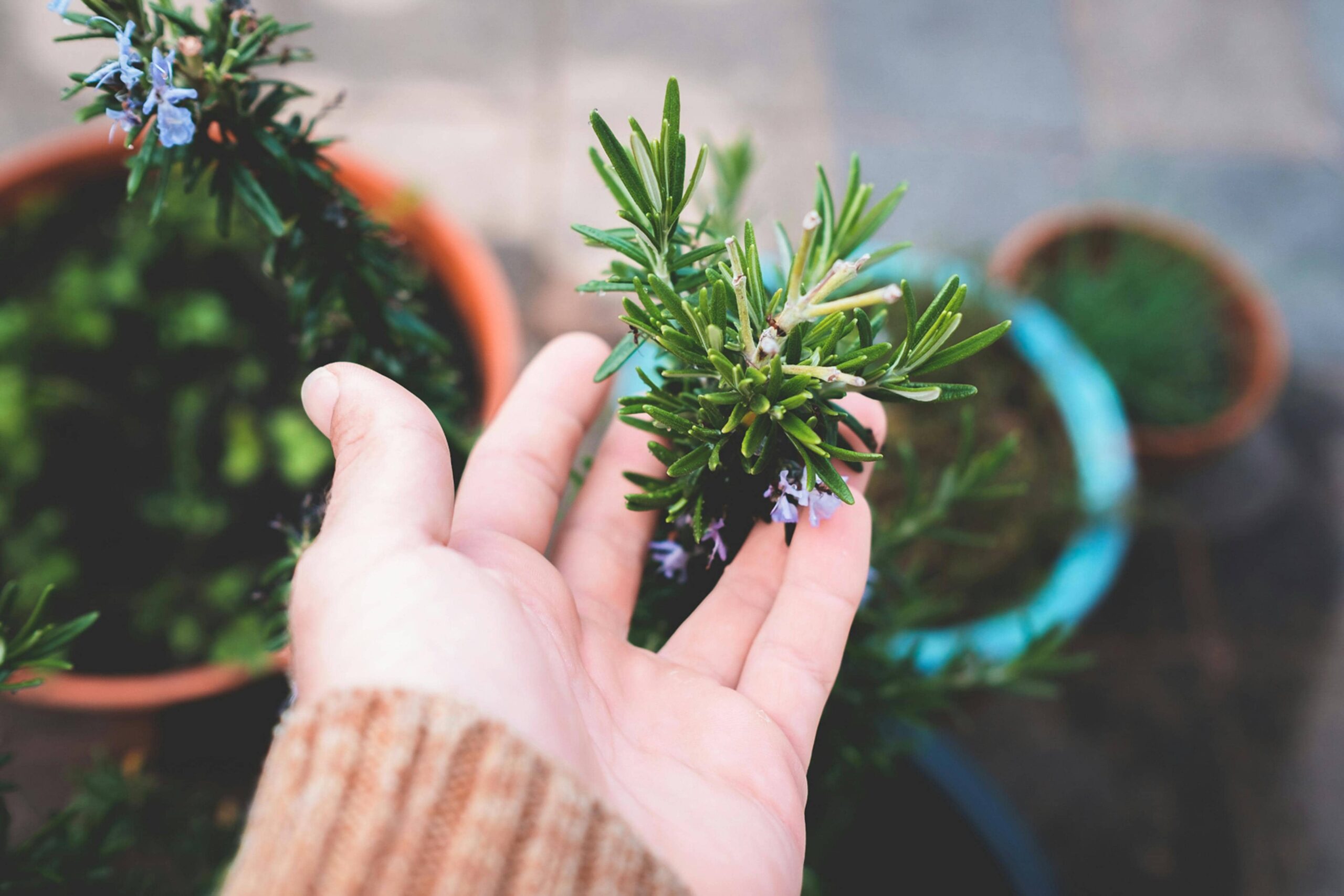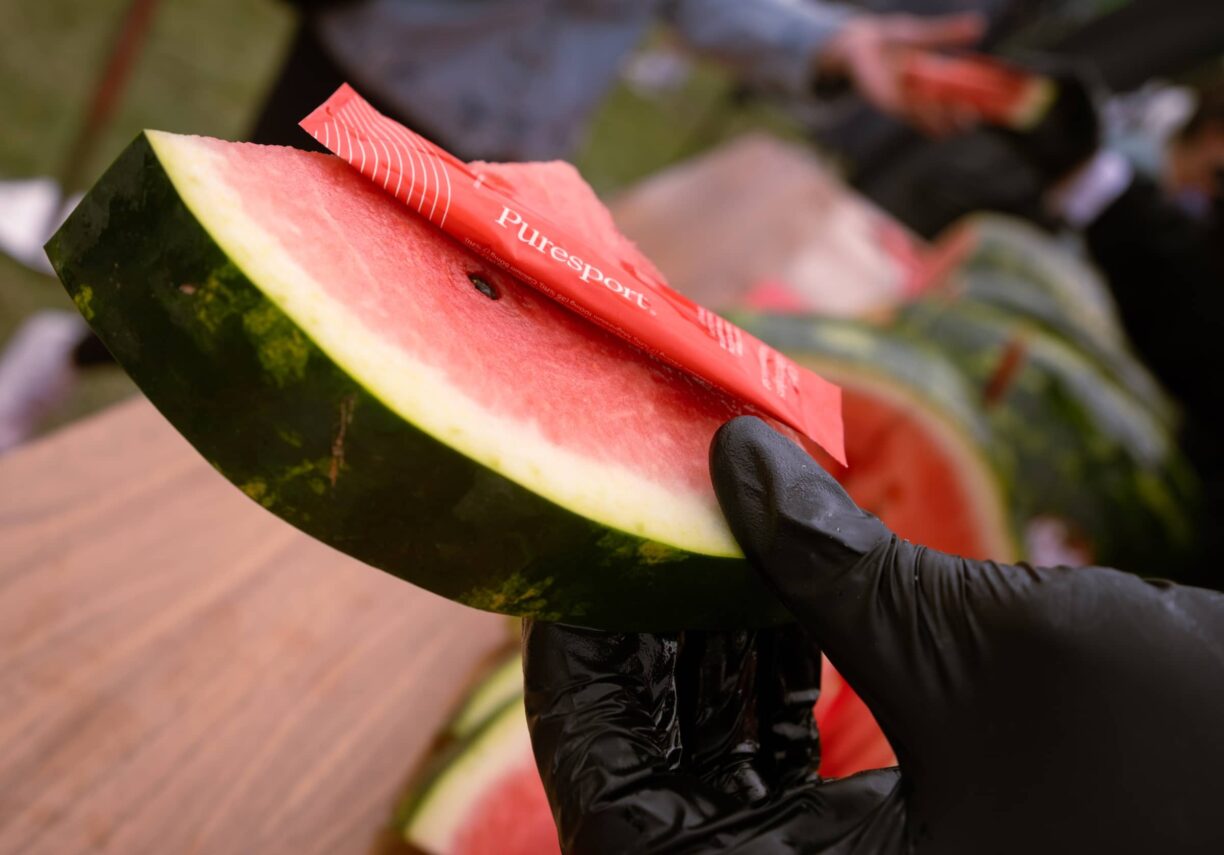When planning and growing an herb garden, you need to think carefully and strategically plan it to do well.
Every step is important for making a place that works well and looks good, from planning the layout to choosing the right flowers and keeping them healthy.
You can make a garden that looks good and feeds your body and soul by combining usefulness with beauty and knowing what each type of herb needs.
Planning your herb garden
When you picture your herb garden, think about how it will be laid out and how easy it will be.
Make paths that make it easy to move between the different types of herbs and ensure that each plant gets enough water and sunshine.
For herbs that need dirt that drains well, use raised beds or tubs. As an example, if you want to grow plants that may blend nicely with a recipe containing CBD hash, keep in mind that these plants also need special care and attention.
Just remember to keep the vegetable plants from getting too crowded and encourage healthy growth by considering their full size.
By carefully planning the layout, you can make a place that works well for growing cooking and medicinal flowers.
Choosing the right herbs
When choosing herbs for your yard, consider cooking and medicinal types to make it more interesting and useful.
Pick plants based on what you like to cook with and what you need for your health, and make sure they will grow well in your area. You can get a crop all year by planting a mix of annuals and perennials.
Find out about the traits and uses of each plant to get the most out of their health and culinary benefits in your garden.
Designing functional and aesthetic spaces
Create a harmonious herb garden by blending functionality with aesthetics in your design. Incorporate elements such as decorative borders, trellises, or seating areas to enhance the visual appeal of the space while maintaining its practicality.
Utilize a mix of textures, colours, and heights to create visual interest and balance within the garden.
Consider the overall theme or style you wish to achieve, whether a formal herb garden or a more relaxed and naturalistic setting, to guide your design choices.
Maintaining and harvesting your herbs
Your herbs will not be in a position of strength without regular maintenance. Always check the soil’s moisture level before watering your herbs, and then do so according to your findings, being keen not to overdo the watering part or be mean with it.
Remove all weeds that can compete with the nutrient and sunlight space for your herbs. Trim your herbs as required to help reinvigorate them and maintain the shape of the plant.
In harvesting, collect your herbs in the morning when their essential oils are well concentrated for better flavour and medicinal value.
Planning and designing an herb garden call for thoughtful consideration of layout, herb selection, and maintenance practices.
Thus, gardeners will set up a space that will work but be attractive and used for culinary and medicinal use of a diversity of herbs all through the seasons.
The herb garden requires regular care; in this case, proper watering, weeding, and means of harvest are required if good health and vitality are preserved.
Attention to detail and an approach of aesthetics and practicality, all rolled into one, can make growing a flourishing herb garden a very rewarding and fulfilling endeavour.





